Photogenic Drawing: Justine Varga
Photogenic Drawing: Justine Varga
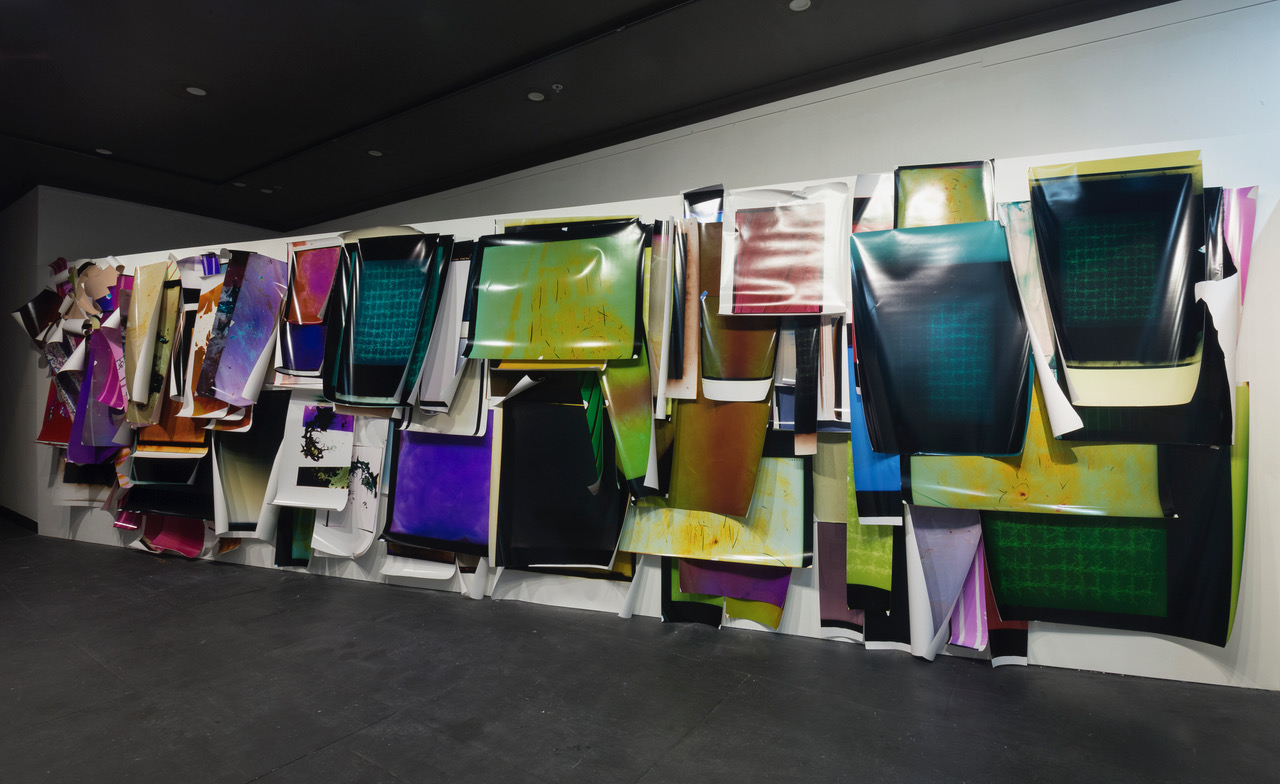 Installation view Justine Varga, Photogenic Drawing at ACP Project Space Gallery. Courtesy of the artist / ACP 2017 © the artist. Photo: Michael Waite.
Installation view Justine Varga, Photogenic Drawing at ACP Project Space Gallery. Courtesy of the artist / ACP 2017 © the artist. Photo: Michael Waite.
Justine Varga’s inaugural solo exhibition with the Australian Centre for Photography was punctuated by a large-scale installation that immersed the visitor in photography’s own peculiar means of production. The process of making photographs is laid bare through a dense layering of test strips, pieces of photograph judged to be necessary but incomplete, as the artist states:
to be not quite photographs because they are nothing but photographs (because they signify nothing but themselves).
This installation is an extension of Varga’s work in the studio and the lab. These are the places where photographs are produced but also tested, transformed, rejected, reprinted, found wanting and destroyed. It’s a place where the ruined photograph is a commonplace, where the ruin comes first, where a photograph is ruined many times before it is declared whole and ready for public exposure. This exhibition contains a reminder of things usually suppressed in an exhibition of photographs—the political economy that makes any such exhibition possible, but also the processes of trial and error that take place in private (sometimes even in the dark, blindly): the labour of taking and making and the shreds of photographs that evidence this labour.
Compressions of time, place and space, Varga’s test strips are also the culmination of the many years she has spent honing the craft of cameraless photography. Here she uses these strips as elements in a drawing practice, hence the title of this exhibition. Layered over an otherwise blank surface, she turns that surface into a textured sculptural experience, inviting the viewer to join her in an interrogation of the photographic process. She asks us to look at, rather than just through, the photograph. Varga immerses us in photography’s ruination, suggesting that this is also its origins, that there is always a scribbling in place even before the first mark is made, on a piece of film or anywhere else. The artist implies “a ruin, is a necessary corollary to all acts of representation”.
Camera-less photography requires the artist to work with the raw materials of photographic film and light. Rather than mediating the process of image-making through a camera, this analogue practice allows the artist to investigate and mark the fabric of a photographic image through a chemical process.
Exhibition Details
ACP Project Space Gallery, 8 September – 21 October 2017
 Installation view Justine Varga, Photogenic Drawing at ACP Project Space Gallery. Courtesy of the artist / ACP 2017 © the artist. Photo: Michael Waite.
Installation view Justine Varga, Photogenic Drawing at ACP Project Space Gallery. Courtesy of the artist / ACP 2017 © the artist. Photo: Michael Waite.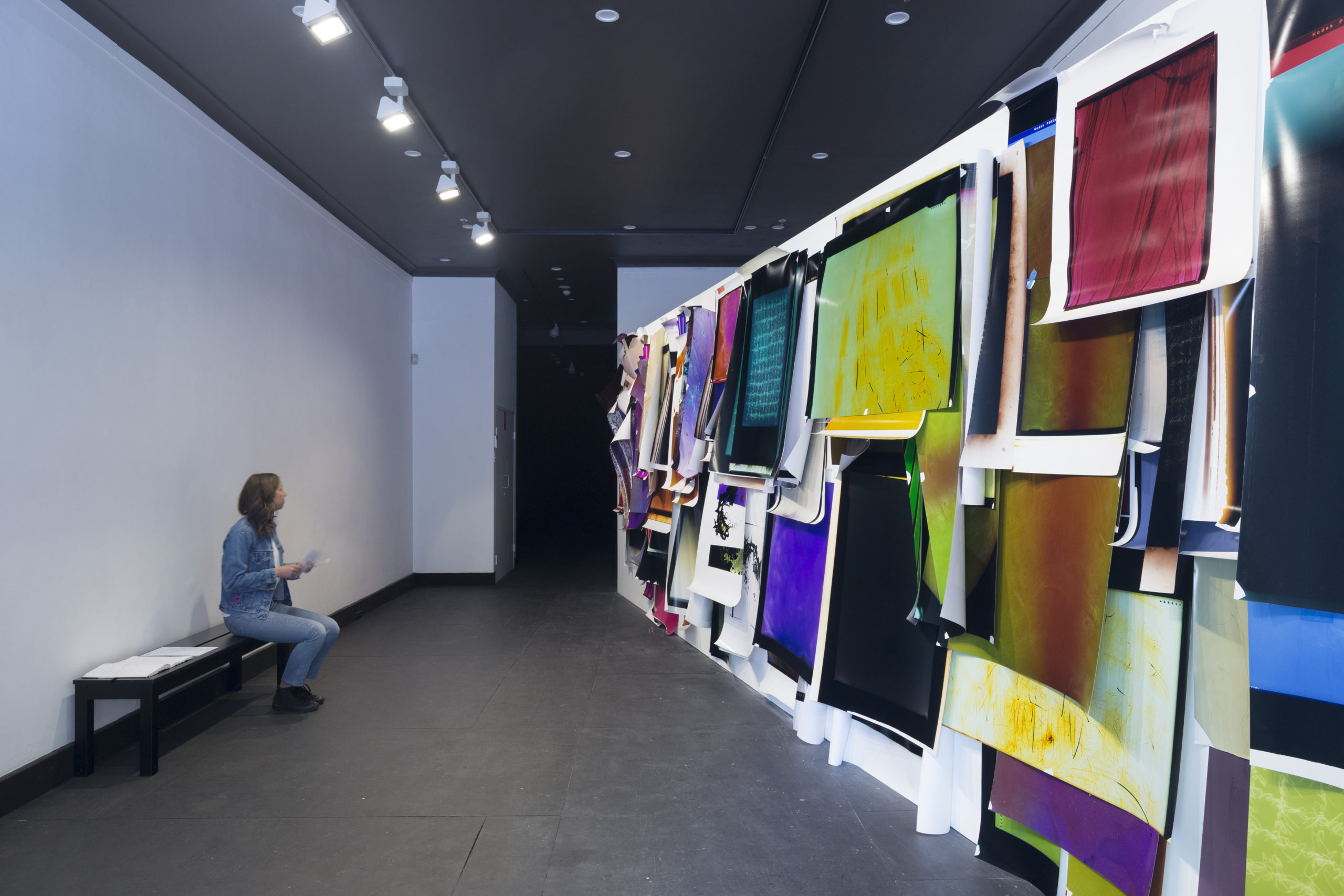 Installation view Justine Varga, Photogenic Drawing at ACP Project Space Gallery. Courtesy of the artist / ACP 2017 © the artist. Photo: Michael Waite.
Installation view Justine Varga, Photogenic Drawing at ACP Project Space Gallery. Courtesy of the artist / ACP 2017 © the artist. Photo: Michael Waite.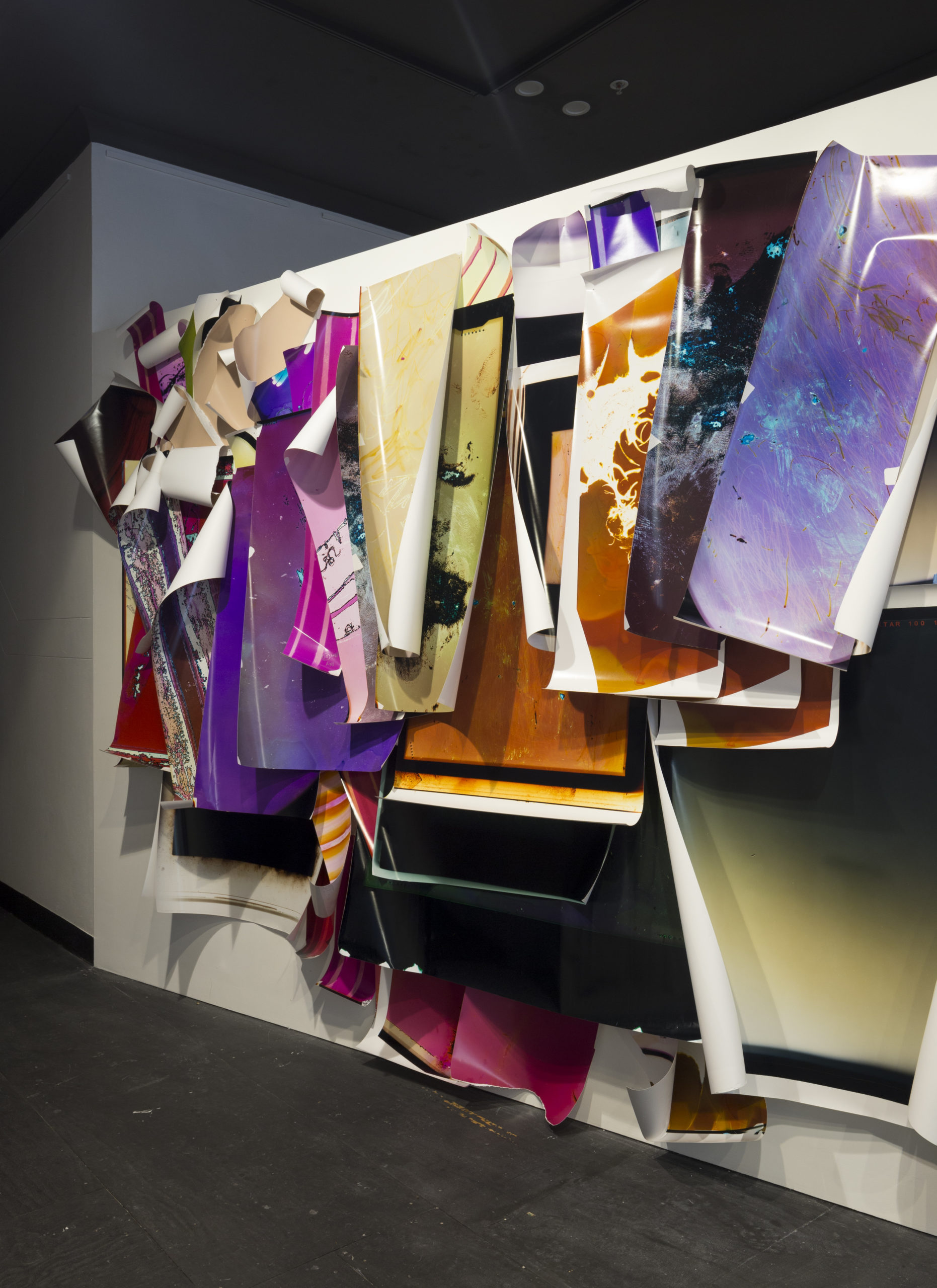 Installation view Justine Varga, Photogenic Drawing at ACP Project Space Gallery. Courtesy of the artist / ACP 2017 © the artist. Photo: Michael Waite.
Installation view Justine Varga, Photogenic Drawing at ACP Project Space Gallery. Courtesy of the artist / ACP 2017 © the artist. Photo: Michael Waite.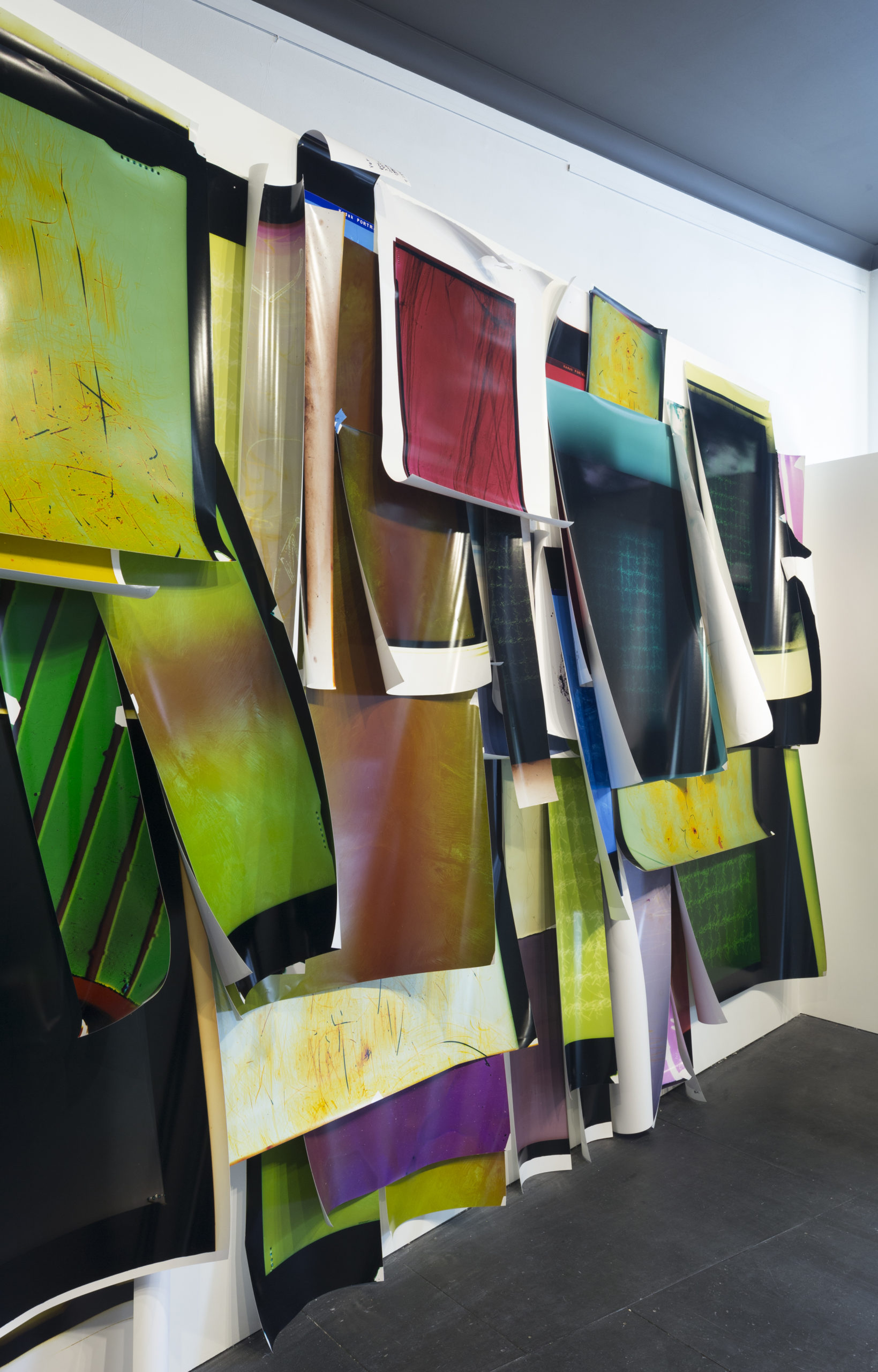 Installation view Justine Varga, Photogenic Drawing at ACP Project Space Gallery. Courtesy of the artist / ACP 2017 © the artist. Photo: Michael Waite.
Installation view Justine Varga, Photogenic Drawing at ACP Project Space Gallery. Courtesy of the artist / ACP 2017 © the artist. Photo: Michael Waite.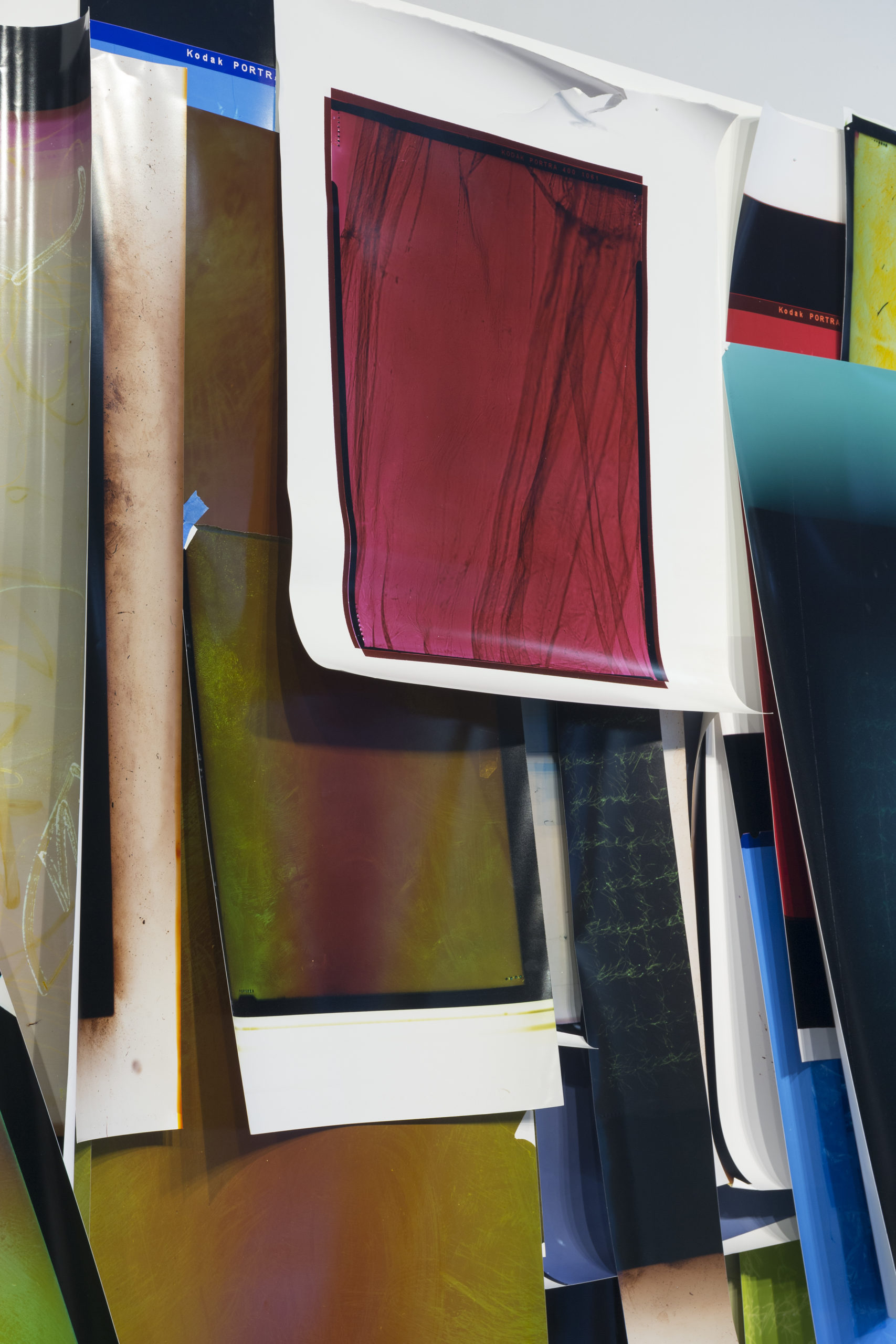 Installation view Justine Varga, Photogenic Drawing at ACP Project Space Gallery. Courtesy of the artist / ACP 2017 © the artist. Photo: Michael Waite.
Installation view Justine Varga, Photogenic Drawing at ACP Project Space Gallery. Courtesy of the artist / ACP 2017 © the artist. Photo: Michael Waite.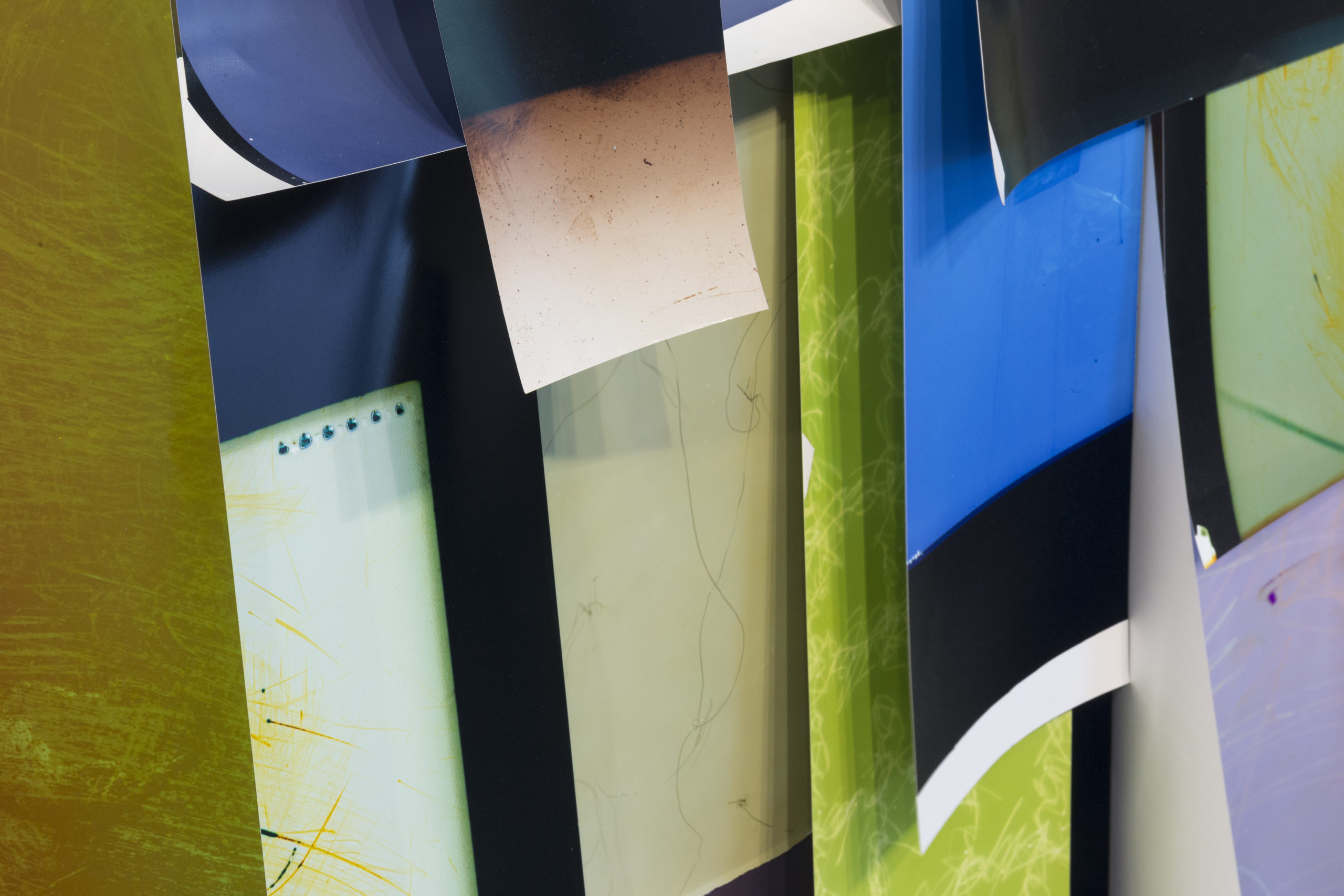 Installation view Justine Varga, Photogenic Drawing at ACP Project Space Gallery. Courtesy of the artist / ACP 2017 © the artist. Photo: Michael Waite.
Installation view Justine Varga, Photogenic Drawing at ACP Project Space Gallery. Courtesy of the artist / ACP 2017 © the artist. Photo: Michael Waite.
Teaching & Learning Resource
This learning resource is closely aligned with the Australian Curriculum:
- The Arts: Media Arts, Visual Arts
- Science: Chemistry




